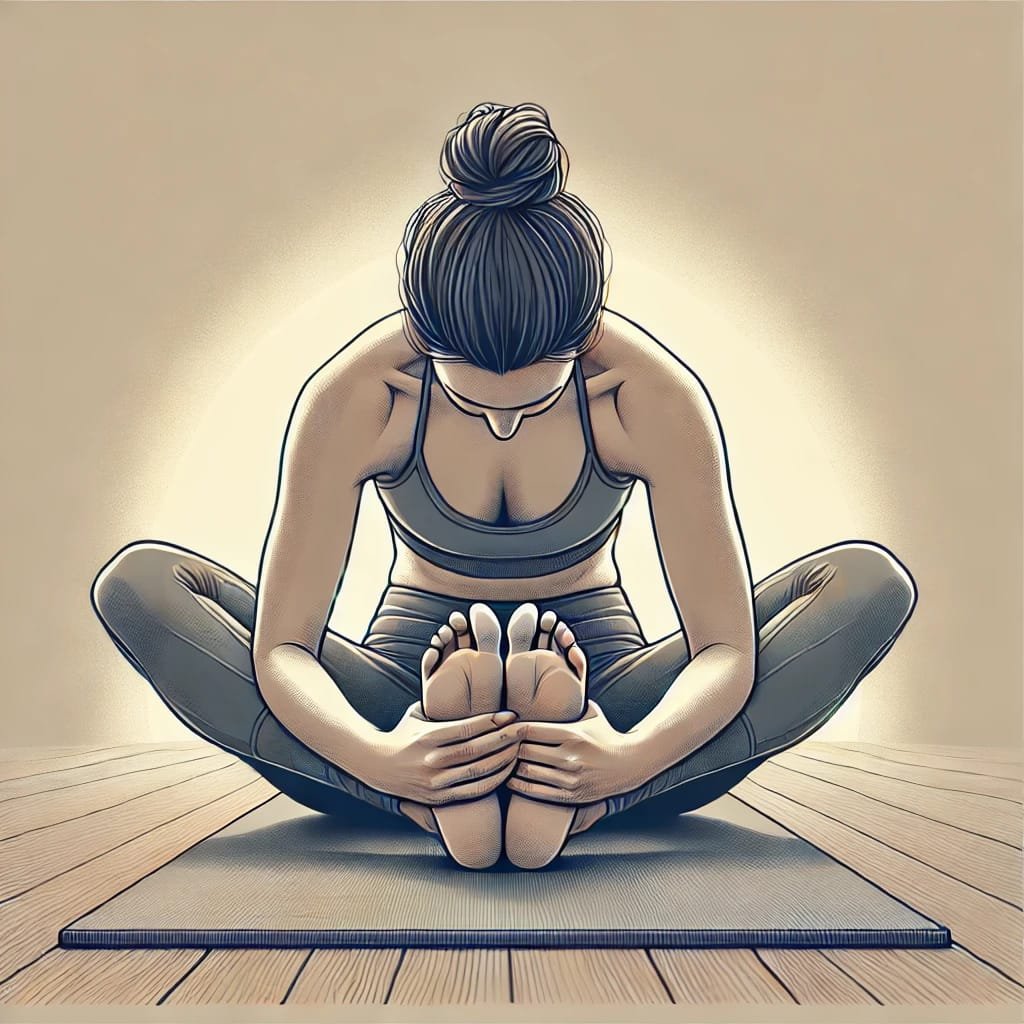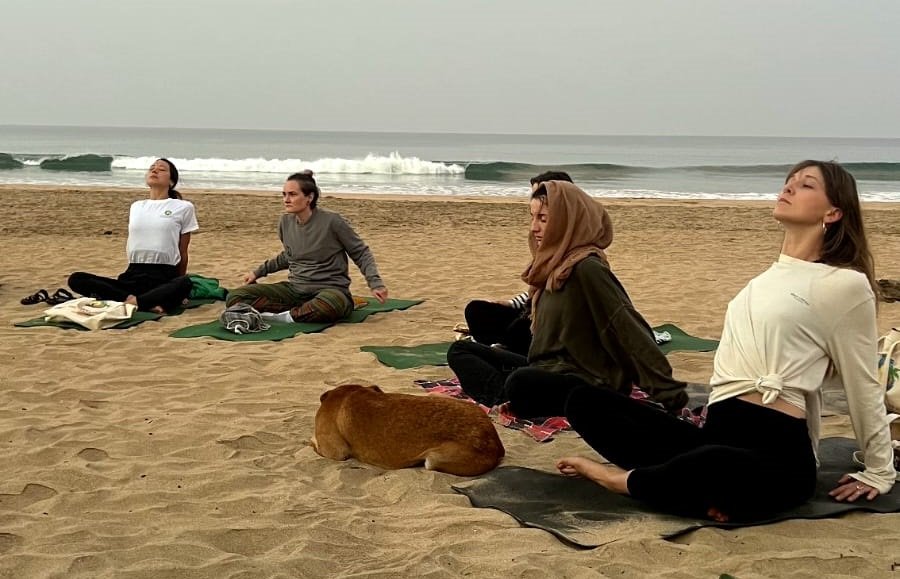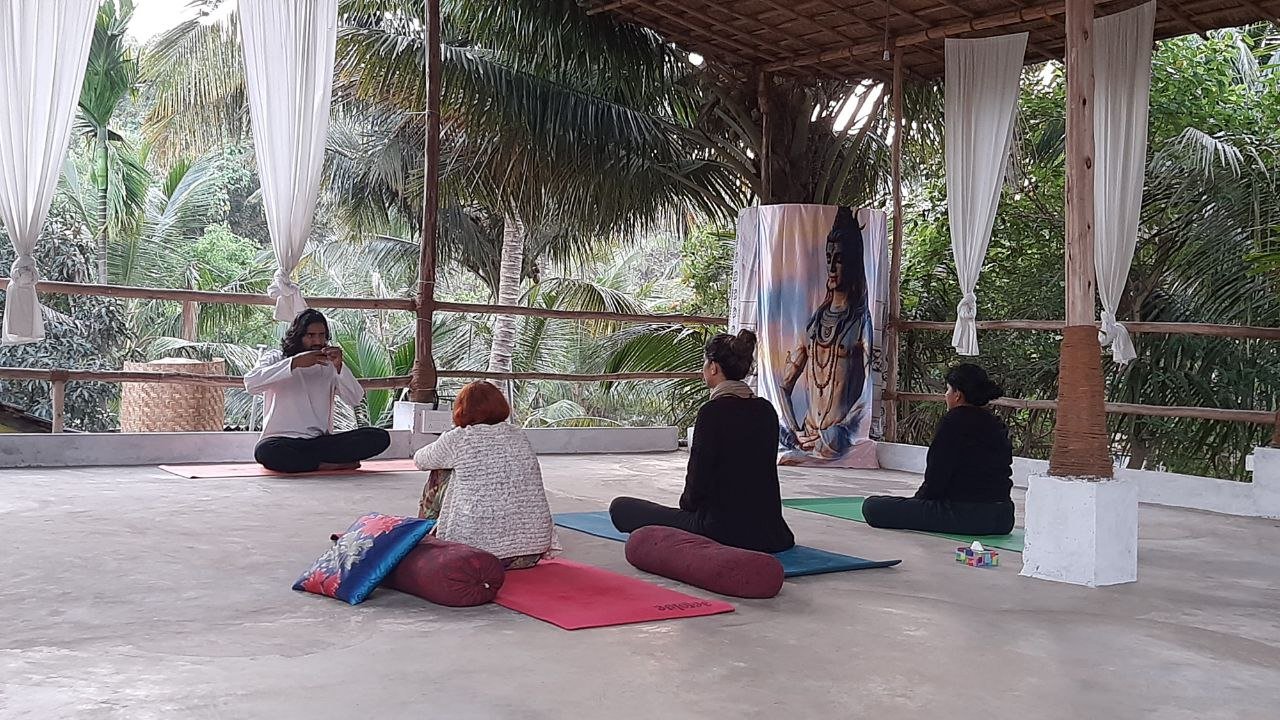Yoga Teacher Training (YTT) is often viewed as a way to refine the practice of physical postures or asanas. However, the journey of becoming a yoga teacher goes far beyond mastering physical poses. YTT is a deeply transformative experience that touches on the philosophy of yoga, the anatomy of the body, teaching methodology, and more. It cultivates not just skilled instructors but also mindful, compassionate individuals with a deep understanding of the mind-body connection.
Let’s explore why YTT is more than just a physical practice, focusing on its holistic nature and the profound aspects that shape a complete yoga experience.
The Holistic Nature of Yoga Teacher Training
Yoga is much more than a series of physical movements. It is an ancient practice that integrates mind, body, and spirit. YTT embodies this philosophy, offering a well-rounded education that emphasizes the following key areas:
- Yoga Philosophy: The foundation of YTT lies in yoga’s ancient philosophical roots, which are essential to understanding the practice beyond the physical. Students delve into the Yoga Sutras of Patanjali, Bhagavad Gita, and other classical texts, exploring concepts such as the Eight Limbs of Yoga, karma, and dharma. These teachings provide a framework for living a life of mindfulness, ethics, and balance. Understanding yoga philosophy helps students connect the practice on the mat to how they live off the mat, promoting personal growth and deeper self-awareness.
- Anatomy and Physiology: A major aspect of YTT involves learning about the body from an anatomical and physiological perspective. Trainees study the muscular and skeletal systems, how different poses affect the body, and how to prevent injuries during practice. Knowing the anatomy of the body helps teachers guide students safely and effectively, ensuring that asanas are performed in alignment with each individual’s physical needs. This understanding enables teachers to modify poses, offer variations, and support students with physical limitations.
- Pranayama and Breathwork: In addition to physical postures, YTT places a strong emphasis on pranayama (breath control). Trainees learn various pranayama techniques designed to energize, calm, and balance the mind and body. Breathwork is central to the practice of yoga, influencing both mental and physical well-being. Learning to incorporate mindful breathing into teaching and personal practice helps trainees connect with the subtler, more meditative aspects of yoga.
- Meditation and Mindfulness: Yoga is not just about movement; it’s also about cultivating inner stillness and presence. Meditation is a key component of YTT, teaching students how to quiet the mind, develop concentration, and practice mindfulness. Meditation techniques, such as dhyana (focused concentration), help future teachers guide their students toward a deeper connection with their inner selves, reducing stress and fostering emotional resilience.
- Teaching Methodology: Teaching yoga is both an art and a science. YTT emphasizes the development of teaching skills, including class sequencing, verbal cues, and hands-on adjustments. Trainees learn how to create balanced, thoughtful classes that cater to students of different skill levels. Beyond the technical aspects, teaching methodology also involves cultivating the qualities of a good teacher—compassion, empathy, and the ability to inspire students to explore their practice fully.
The Importance of Yoga Philosophy in YTT
While many come to yoga for the physical benefits, the philosophy behind the practice holds the key to its transformative power. In YTT, the teachings of the Yoga Sutras—particularly the Eight Limbs of Yoga—provide a blueprint for a more mindful, purposeful life.
- Yamas and Niyamas: These ethical guidelines form the first two limbs of yoga. The yamas (moral restraints) and niyamas (personal observances) help practitioners navigate life with compassion, integrity, and discipline. For example, ahimsa (non-harming) encourages non-violence in thought, speech, and action, while santosha (contentment) fosters gratitude and acceptance. These principles are as crucial to a yoga teacher’s development as learning asanas.
- Pratyahara and Dhyana: Beyond the physical practice lies the journey inward. Through pratyahara (withdrawal of the senses) and dhyana (meditation), YTT trainees learn to cultivate inner awareness. These practices encourage detachment from external distractions, allowing practitioners to access a deeper sense of inner calm and focus.
Understanding and embodying these philosophical principles transforms the way a teacher leads a class. It shifts the focus from physical achievement to self-acceptance, mindfulness, and growth—both on and off the mat.
The Role of Anatomy and Safe Practice in YTT
Understanding the human body is essential in YTT, ensuring that yoga teachers can guide students through safe, effective practices. Anatomy lessons in YTT are not simply about memorizing muscles and bones. They’re about developing a practical understanding of how different bodies move and function.
- Alignment and Injury Prevention: Learning about anatomy helps future teachers understand how to prevent injury, ensuring that students practice yoga safely. Trainees are taught to assess individual body types and physical limitations, making necessary modifications and offering adjustments to enhance alignment.
- Individualized Practice: Anatomy knowledge allows teachers to tailor yoga sequences to the unique needs of their students. Whether working with someone recovering from injury or teaching a prenatal yoga class, understanding the body helps teachers create classes that are both challenging and accessible.
Pranayama and Meditation: The Mind-Body Connection
The incorporation of pranayama and meditation in YTT highlights yoga’s holistic approach to well-being. While the asanas focus on strengthening and stretching the body, pranayama and meditation cultivate mental clarity and emotional balance.
- Energy Control: Pranayama techniques, such as Nadi Shodhana (alternate nostril breathing) or Ujjayi (victorious breath), regulate the body’s energy, calming the nervous system or invigorating the practitioner. Understanding how breath affects the mind and body allows future teachers to incorporate these techniques into their classes for stress relief, relaxation, or focus.
- Mental Clarity: Meditation practices taught in YTT help individuals quiet the constant mental chatter and develop a sense of inner peace. Future teachers learn how to integrate meditation into yoga classes, helping students achieve greater emotional resilience, mindfulness, and mental clarity.
Teaching Methodology: Beyond the Mat
In YTT, developing effective teaching skills is essential. Teaching yoga involves much more than demonstrating postures. Trainees learn how to:
- Sequence Classes: A well-sequenced class is key to creating a balanced and fulfilling yoga experience. YTT teaches how to structure a class that flows naturally, warms up the body, builds strength, and leads into relaxation.
- Offer Verbal Cues: Effective teaching involves clear, concise verbal cues that guide students through the practice safely. Trainees are taught how to offer instructions that make sense for all levels and how to provide verbal adjustments to improve alignment.
- Create an Inclusive Environment: Yoga is for everyone, and YTT emphasizes creating a welcoming space for students of all backgrounds and abilities. Learning how to offer modifications and variations allows teachers to accommodate different body types and experience levels.
Conclusion: The Transformative Power of Yoga Teacher Training
Yoga Teacher Training is an immersive, holistic experience that goes far beyond the physical practice of asanas. It offers a deep dive into the philosophy, anatomy, breathwork, and teaching methodologies that form the foundation of yoga as a practice and way of life. Through YTT, trainees not only refine their physical skills but also develop a deeper understanding of the mind-body connection, enabling them to guide others on their own transformative journeys. Whether your goal is to teach or simply to deepen your personal practice, YTT is a profound experience that touches every aspect of life, on and off the mat.

















